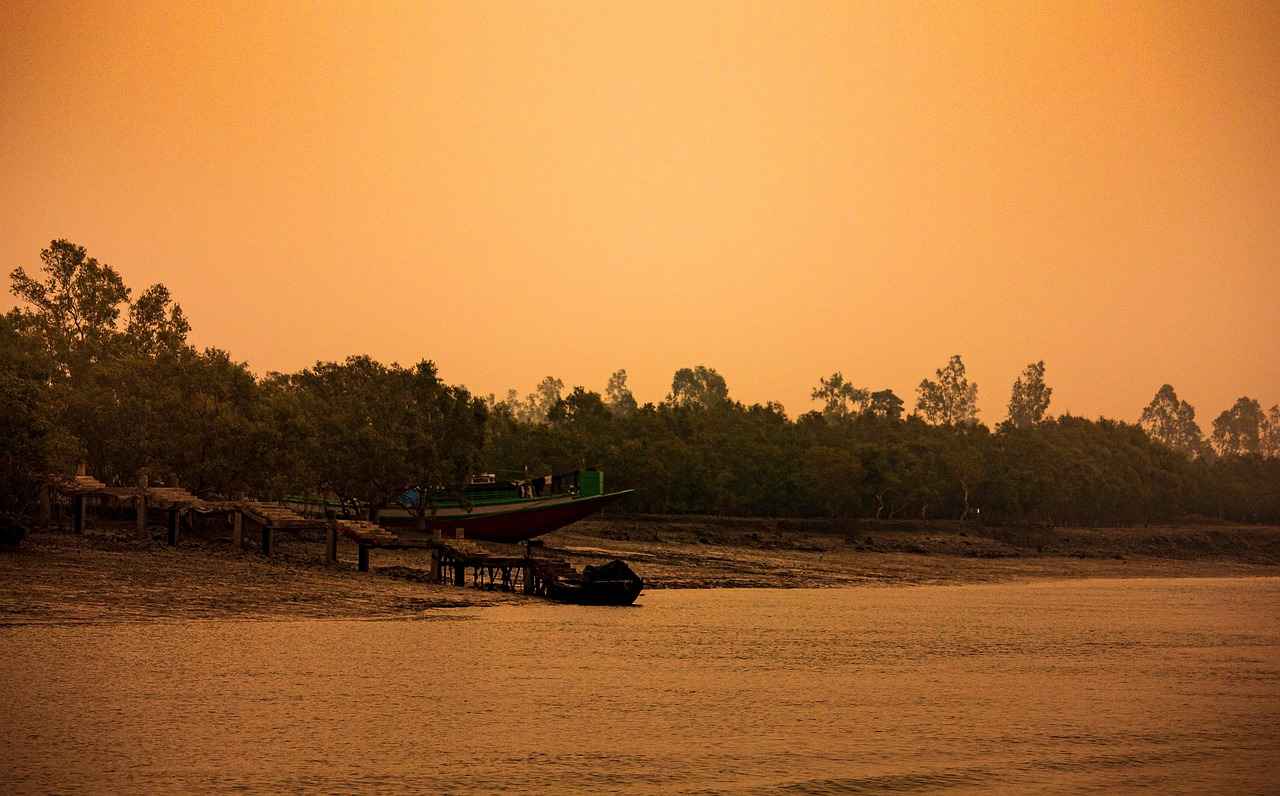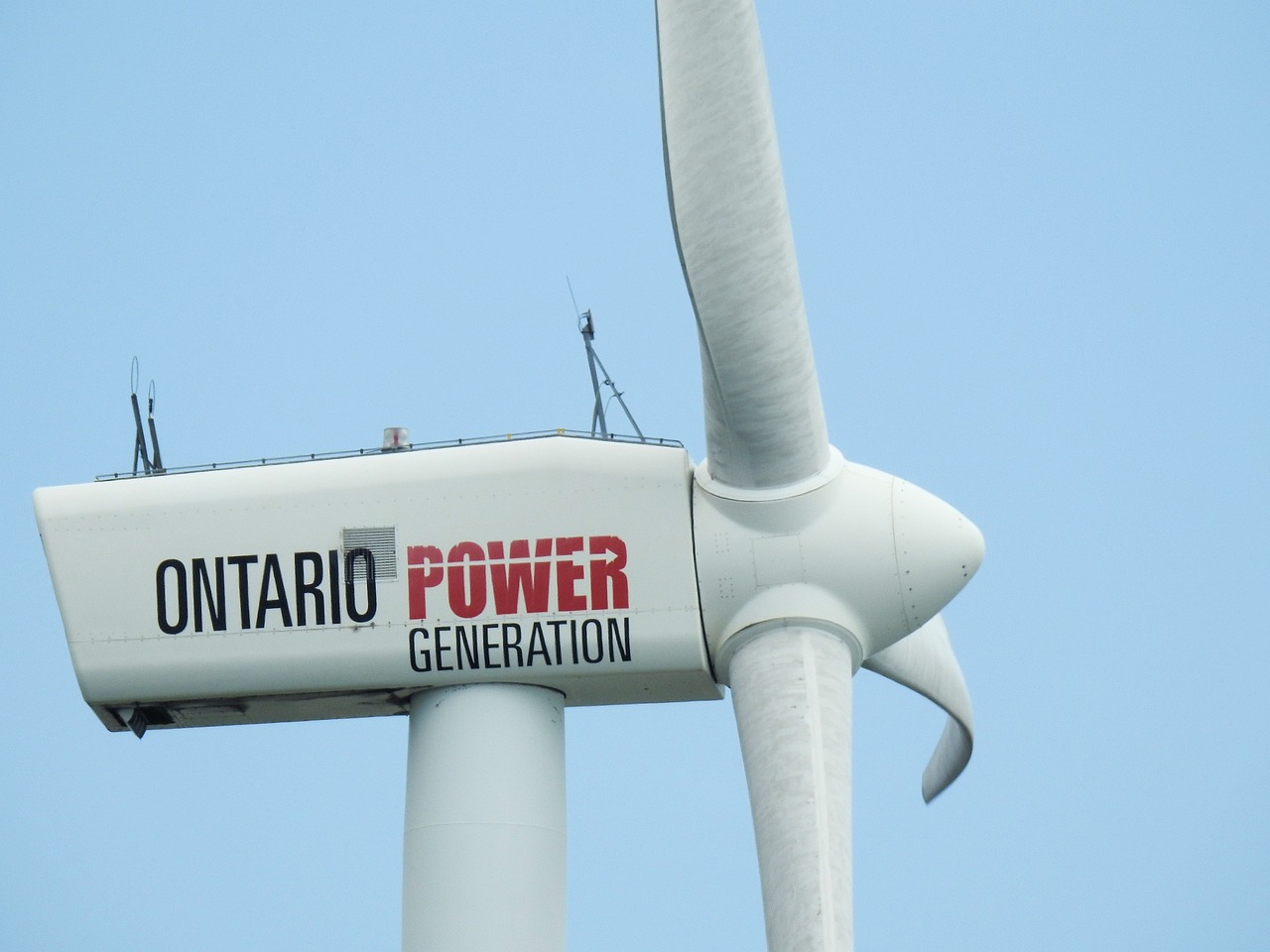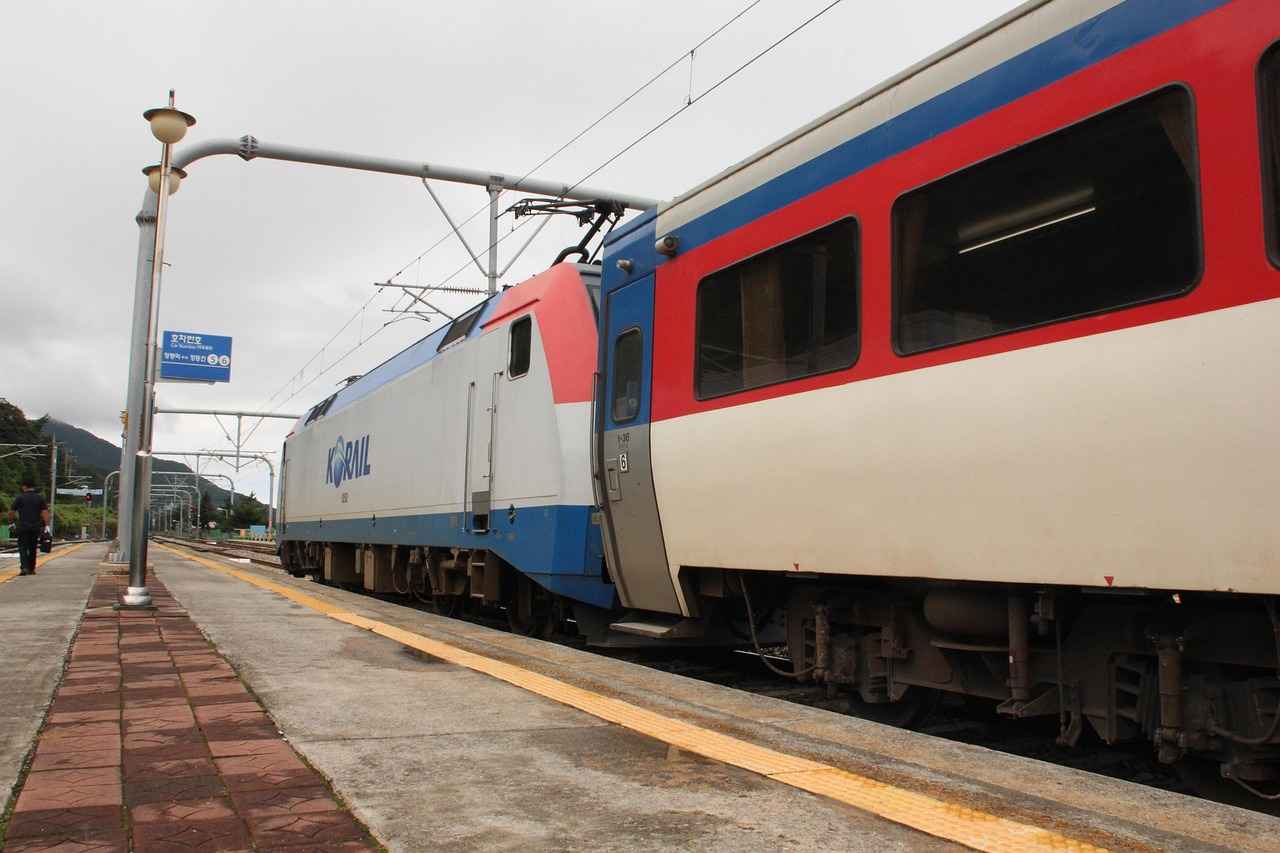This article delves into the transformative changes occurring in West Bengal as we approach 2024. It covers critical political, economic, and social developments that are set to shape the region’s future.
Political Landscape Shifts
The political environment in West Bengal is undergoing significant transformations. With new parties emerging and existing ones restructuring, the governance and public policy are being influenced in profound ways. The upcoming elections are expected to bring about a shift in power dynamics, which could redefine the state’s political narrative.
Economic Growth Projections
West Bengal’s economy is on the brink of substantial growth. Key sectors such as information technology, manufacturing, and agriculture are showing promising trends. Investment opportunities are becoming increasingly attractive, especially in technology and infrastructure, leading to a robust job market.
Investment Opportunities in West Bengal
- Tech Startups: The state is becoming a hub for technology startups.
- Infrastructure Development: Major projects are underway to enhance connectivity and services.
Challenges Facing the Economy
Despite the growth potential, West Bengal faces significant challenges, including unemployment and infrastructural deficits. Addressing these issues is crucial for achieving sustainable development.
Social Changes and Demographics
Demographic shifts in West Bengal are influencing social dynamics. Changes in population growth and migration patterns are reshaping communities and impacting labor markets.
Urbanization Trends
Rapid urbanization is transforming the state’s cities, leading to both opportunities and challenges in housing, infrastructure, and services.
Education Reforms
Educational reforms are underway to improve quality and accessibility, addressing skills gaps and preparing students for a competitive job market. The integration of technology in classrooms is enhancing learning experiences.
Environmental Concerns and Sustainability
Environmental sustainability is becoming a priority, with initiatives aimed at combating pollution and promoting green practices. The state is investing in renewable energy projects to reduce carbon footprints.
Conclusion: The Future of West Bengal
As 2024 approaches, West Bengal stands at a crossroads, facing both challenges and opportunities that will define its trajectory in the coming years.

Political Landscape Shifts
The political landscape in West Bengal is currently undergoing significant transformations, marked by the emergence of new parties and the restructuring of established ones. This dynamic environment is profoundly influencing governance and public policy, shaping the future of the state.
As we approach 2024, several key factors are at play:
- Emergence of New Political Parties: The rise of new political entities is reshaping the competitive landscape. These parties are often focused on specific issues such as environmental sustainability, social justice, and economic development, appealing to younger voters and marginalized communities.
- Restructuring of Existing Parties: Established parties are also adapting to the changing political climate. This restructuring includes re-evaluating their platforms, leadership, and outreach strategies to remain relevant and responsive to the electorate’s needs.
- Influence of Regional Issues: Local issues, such as agricultural policies, urban development, and unemployment, are becoming central to political discourse. Candidates are increasingly addressing these concerns in their campaigns, which resonates with voters.
- Coalition Politics: The possibility of coalitions between various political parties is rising. These alliances can lead to more stable governance but may also complicate decision-making processes, as differing agendas must be reconciled.
- Impact of Social Movements: Grassroots movements advocating for change are gaining traction. These movements often focus on social issues like gender equality, labor rights, and environmental justice, influencing party platforms and public policy.
In conclusion, the evolving political landscape in West Bengal is characterized by a blend of new parties, strategic restructuring of old ones, and a keen focus on local issues. As these changes unfold, they will undoubtedly play a critical role in shaping governance and public policy in the state, making it essential for voters to stay informed and engaged.

Economic Growth Projections
West Bengal’s economy is on the brink of significant transformation, driven by robust growth projections in various sectors. As we look forward to 2024, it is essential to understand the dynamics of this evolving landscape.
The economic outlook for West Bengal is increasingly optimistic, with key sectors such as Information Technology (IT), manufacturing, and agriculture demonstrating substantial growth potential. This growth is not only poised to enhance the state’s GDP but also to create numerous job opportunities for its residents.
- Information Technology: The IT sector in West Bengal is experiencing a surge, with numerous startups and established companies setting up operations in cities like Kolkata and Durgapur. The state’s focus on digital infrastructure is attracting tech talent and investment.
- Manufacturing: With a rich industrial heritage, West Bengal is revitalizing its manufacturing sector. The government is promoting policies that encourage investment in manufacturing hubs, particularly in textiles, electronics, and automotive industries.
- Agriculture: As a state known for its agricultural output, West Bengal is leveraging modern techniques and technology to improve productivity. Initiatives aimed at sustainable farming practices are also gaining traction, which could lead to increased exports.
West Bengal is becoming a hotspot for foreign investments. The state’s strategic location, coupled with government incentives, is making it an attractive destination for investors. Key areas of interest include:
- Infrastructure Development- Renewable Energy Projects- Tourism and Hospitality
These sectors are not only essential for economic growth but also for enhancing the quality of life for residents.
The West Bengal government is actively promoting a startup-friendly environment. Initiatives include financial support, mentorship programs, and incubation centers to nurture new businesses. This support is crucial in fostering innovation and entrepreneurship.
In conclusion, West Bengal’s economy is on a promising trajectory, with significant opportunities for growth and development. As we move towards 2024, the state’s focus on key sectors and supportive government policies will play a pivotal role in shaping its economic landscape.
Investment Opportunities in West Bengal
As West Bengal gears up for a transformative phase, the state is rapidly becoming a hub for investment opportunities, particularly in the fields of technology and infrastructure. This shift is not only enhancing the state’s economic landscape but also paving the way for a multitude of job prospects that can significantly benefit local communities.
The government’s proactive approach to attracting investments has led to a surge in infrastructure development. Major projects are underway, focusing on improving transportation networks, enhancing digital connectivity, and upgrading urban facilities. These developments are essential for fostering a conducive environment for businesses and investors alike.
- Technology Sector: The IT sector in West Bengal is witnessing unprecedented growth, with numerous startups and established companies setting up operations. This boom is attributed to the state’s skilled workforce and favorable government policies.
- Manufacturing and Industry: The manufacturing sector is also expanding, with investments in traditional industries as well as emerging sectors like renewable energy and biotechnology.
- Real Estate and Urban Development: As urbanization accelerates, there is a growing demand for residential and commercial properties, leading to significant investments in real estate.
Moreover, the state’s strategic location and connectivity to major markets make it an attractive destination for foreign investors. The influx of foreign capital is crucial in modernizing infrastructure and enhancing competitiveness across various sectors.
The government is also launching several initiatives aimed at supporting startups and fostering innovation. These initiatives include financial incentives, mentorship programs, and networking opportunities, all designed to cultivate a vibrant entrepreneurial ecosystem.
In conclusion, West Bengal is poised for a period of significant economic transformation. With its focus on attracting investments in technology and infrastructure, the state is not only creating new job opportunities but also boosting local economies, making it an exciting region to watch as we move towards 2024.
Government Initiatives for Startups
The West Bengal government is actively working to cultivate a vibrant startup ecosystem, recognizing the importance of innovation and entrepreneurship in driving economic growth. As we move into 2024, several key initiatives are being implemented to support budding entrepreneurs and foster a culture of creativity and business development.
- Financial Support: The government has established various funding schemes aimed at providing financial assistance to startups. This includes seed funding and grants, which are crucial for new businesses to kickstart their operations.
- Mentorship Programs: Recognizing the value of guidance, the state has launched mentorship programs that connect aspiring entrepreneurs with experienced business leaders. These programs offer invaluable insights and advice, helping startups navigate the complexities of launching and running a business.
- Incubation Centers: To further support innovation, the government is setting up incubation centers across the state. These centers provide resources such as office space, technical support, and networking opportunities, creating a conducive environment for startups to thrive.
- Skill Development Workshops: The government is also organizing workshops and training sessions aimed at enhancing the skills of young entrepreneurs. These initiatives focus on essential business skills, including marketing, finance, and technology.
- Tax Incentives: To encourage investment in startups, the West Bengal government is offering tax incentives and exemptions. This approach not only attracts investors but also helps startups manage their finances more effectively.
These initiatives are part of a broader strategy to position West Bengal as a leading hub for startups in India. By providing financial resources, mentorship, and a supportive infrastructure, the government aims to empower the next generation of entrepreneurs. As a result, West Bengal is poised to become a dynamic center for innovation, attracting talent and investment from across the country and beyond.
In conclusion, the West Bengal government’s commitment to fostering a startup culture is evident through its comprehensive initiatives. By focusing on financial support, mentorship, and skill development, the state is paving the way for a thriving entrepreneurial landscape that promises to contribute significantly to its economic growth.
Impact of Foreign Investments
In recent years, foreign investments have emerged as a vital component of West Bengal’s economic framework, significantly influencing its growth trajectory. The influx of capital from international investors has not only modernized existing industries but has also fostered a competitive environment across various sectors.
One of the most notable impacts of foreign investments is the modernization of the state’s infrastructure. Enhanced facilities in transportation, energy, and technology have paved the way for improved productivity and efficiency. For instance, investments in the IT sector have led to the establishment of state-of-the-art tech parks, attracting both domestic and international firms. This has created a ripple effect, driving demand for skilled labor and boosting the local economy.
Additionally, foreign investments have catalyzed increased competition within the market. With global players entering the fray, local businesses are compelled to innovate and improve their offerings. This competitive landscape not only benefits consumers through better products and services but also encourages entrepreneurship as new startups emerge to fill market gaps.
The government of West Bengal has recognized the importance of foreign investments and is actively creating a conducive environment for investors. Initiatives such as tax incentives, streamlined regulatory processes, and support for startups are designed to attract more foreign capital. These measures have been instrumental in positioning West Bengal as a favorable destination for investment.
However, it is essential to address the challenges that accompany this influx of foreign capital. Issues such as unemployment and infrastructural deficits need to be tackled to ensure sustainable growth. The government and private sector must collaborate to develop strategies that will mitigate these challenges while capitalizing on the benefits of foreign investments.
In conclusion, the impact of foreign investments in West Bengal is profound, driving modernization and fostering competition. As the state continues to evolve, leveraging these investments will be crucial for achieving long-term economic sustainability and growth.
Challenges Facing the Economy
As West Bengal progresses towards a more dynamic economic landscape, it is essential to acknowledge the significant challenges that threaten sustainable development. Despite a promising growth trajectory, the state grapples with issues such as unemployment and infrastructural deficits. Addressing these challenges is crucial for ensuring that economic growth translates into improved living standards for all citizens.
Unemployment Rates and Workforce Development
One of the foremost challenges is the persistently high unemployment rate. While sectors like IT and manufacturing are expanding, the job market has not kept pace with the growing workforce. Many young graduates find themselves struggling to secure employment, leading to a mismatch between available jobs and the skills of job seekers. This gap necessitates a focused approach on vocational training and skill development programs to better align education with industry needs.
Infrastructural Deficits
The state also faces infrastructural deficits that hinder economic progress. Poor transportation networks, inadequate public services, and limited access to essential amenities can stifle growth and deter potential investors. To combat these issues, the government must prioritize infrastructure development, ensuring that roads, public transport, and utilities are upgraded to meet the demands of a growing economy.
The Role of Government and Private Sector
Collaboration between the government and the private sector is essential in addressing these challenges. By fostering an environment conducive to investment and innovation, West Bengal can create a robust economy that provides employment opportunities and improves living conditions. Initiatives aimed at attracting foreign investments can also play a pivotal role in modernizing infrastructure and creating jobs.
Conclusion
In conclusion, while West Bengal is on the path to economic growth, it must confront the challenges of unemployment and infrastructural deficits head-on. By implementing effective policies and fostering collaboration between various stakeholders, the state can pave the way for a more sustainable and prosperous future.

Social Changes and Demographics
In recent years, West Bengal has experienced significant demographic shifts that are reshaping its social landscape. These changes are largely driven by population growth, evolving migration patterns, and rapid urbanization. Understanding these dynamics is crucial for grasping the challenges and opportunities that lie ahead.
Population Growth Trends
The population of West Bengal has been steadily increasing, with a notable rise in both urban and rural areas. This growth is attributed to various factors, including improved healthcare and living conditions. However, it also raises concerns regarding resource allocation, housing, and public services.
Migration Patterns and Their Impact
- Internal Migration: Many individuals are moving from rural regions to urban centers in search of better job opportunities. This trend is contributing to the expansion of cities and the diversification of urban labor markets.
- External Migration: West Bengal has also seen a notable number of its residents moving abroad, particularly to countries with established Bengali communities. This migration is fostering cultural exchanges and remittance inflows, which can benefit local economies.
Urbanization: Opportunities and Challenges
As urbanization accelerates, cities like Kolkata are expanding rapidly. This transformation presents both opportunities for economic development and challenges such as:
- Increased demand for housing and infrastructure
- Strain on public services like transportation and healthcare
- Environmental concerns due to overpopulation
Conclusion
The demographic shifts in West Bengal are pivotal in shaping the region’s future. Addressing the challenges posed by population growth, migration, and urbanization will require coordinated efforts from the government, civil society, and local communities. As these dynamics continue to evolve, they will undoubtedly play a crucial role in determining the social fabric of West Bengal.
Urbanization Trends
in West Bengal are reshaping the landscape of cities, presenting both significant opportunities and formidable challenges. As we approach 2024, understanding these trends is crucial for residents, policymakers, and investors alike.
Rapid urbanization is driven by various factors, including economic growth, improved infrastructure, and migration from rural areas. This influx of population into urban centers has led to a surge in demand for housing, infrastructure, and essential services.
- Housing Demand: The increase in population has resulted in a housing shortage, prompting the need for innovative solutions such as affordable housing projects and vertical living spaces.
- Infrastructure Development: Urban areas are witnessing a transformation in infrastructure, with new roads, public transport systems, and smart city initiatives being implemented to accommodate the growing population.
- Public Services: The strain on public services like water supply, sanitation, and waste management is becoming evident, necessitating urgent reforms and investments.
Moreover, urbanization is not just a challenge but also an opportunity for economic development. Cities are becoming hubs for innovation and entrepreneurship, attracting investments in sectors such as technology, retail, and hospitality. This growth can lead to job creation and improved living standards for many.
However, the rapid pace of urbanization also brings about significant challenges, including environmental degradation, increased pollution, and social inequality. Addressing these issues requires a balanced approach that promotes sustainable development while meeting the needs of the urban population.
In conclusion, as West Bengal continues to urbanize, the focus must be on creating resilient cities that can adapt to change while providing a high quality of life for all residents. Strategic planning and investment in infrastructure and services will be essential in navigating the complexities of urban growth.
Migration Patterns
Migration, both internal and external, is playing a pivotal role in reshaping communities across West Bengal. This phenomenon is not just about the movement of people; it encompasses a wide array of social, economic, and cultural transformations that are influencing the very fabric of society.
As individuals relocate from rural areas to urban centers in search of better opportunities, the demographic landscape of West Bengal is undergoing significant changes. This urban migration is often driven by the quest for employment, education, and improved living standards. Cities like Kolkata are witnessing an influx of migrants, leading to a diversification of cultures and lifestyles, which enriches the local community but also poses challenges in terms of infrastructure and resource allocation.
On the other hand, external migration—where people move to other states or countries—has also become a common trend. Many residents of West Bengal seek employment opportunities abroad, contributing to a global workforce. This not only provides financial remittances that boost the local economy but also facilitates cultural exchanges that enhance global awareness among the populace.
Moreover, the impact on labor markets is profound. As skilled workers migrate, there is often a shortage in certain sectors, while other industries may experience growth due to the influx of new talent. This dynamic can lead to both competition and collaboration among local businesses, driving innovation and economic development.
In summary, migration patterns in West Bengal are reshaping communities, influencing labor markets, and fostering cultural exchanges. Understanding these trends is essential for policymakers and stakeholders to address the challenges and leverage the opportunities that arise from this ongoing transformation.

Education Reforms
Education Reforms in West Bengal are set to transform the landscape of learning and skill development in the state. With a focus on enhancing both quality and accessibility, these reforms are designed to address existing skills gaps and prepare students for an increasingly competitive job market.
The government recognizes that the traditional educational framework needs to evolve. As a result, there is a strong emphasis on integrating modern teaching methodologies and technologies into the curriculum. This shift aims to foster critical thinking, creativity, and digital literacy among students.
- Quality Improvement: Educational institutions are being encouraged to adopt innovative teaching practices that enhance student engagement and learning outcomes.
- Accessibility: Efforts are being made to ensure that education is accessible to all, including marginalized communities, through scholarships and infrastructure development.
- Skill Development: The introduction of vocational training programs is a key component of these reforms. These programs aim to equip students with practical skills that are in high demand in various industries.
Moreover, the state is focusing on collaborations with industries to ensure that the curriculum aligns with current job market needs. This partnership is essential for creating a workforce that is not only educated but also equipped with the skills necessary for employment in emerging sectors.
In addition to these initiatives, there is a concerted effort to promote lifelong learning through adult education programs and community learning centers. This approach helps to bridge the gap for those who may have missed out on formal education earlier in life.
As West Bengal moves forward with these educational reforms, it is clear that the goal is to create a robust education system that not only imparts knowledge but also prepares students to thrive in a dynamic and competitive environment.
In conclusion, the educational reforms in West Bengal are a significant step towards ensuring that the youth are well-prepared for the challenges of the future. By focusing on quality, accessibility, and skill development, the state aims to empower its students and enhance their prospects in the global job market.
Technological Integration in Education
has become a cornerstone of modern learning environments, significantly enhancing the educational experience for students across various demographics. As we delve deeper into the impact of technology in classrooms, it is essential to recognize how these advancements are reshaping the landscape of education.
The integration of technology in classrooms is not merely about incorporating digital tools; it is about transforming learning experiences to make them more engaging, interactive, and accessible. With the rise of online learning platforms, virtual classrooms, and educational apps, students can now access a wealth of information and resources at their fingertips. This accessibility is particularly beneficial for diverse populations, including those with disabilities or those living in remote areas.
| Benefits of Technology in Education | Description |
|---|---|
| Enhanced Engagement | Interactive tools such as quizzes, gamification, and multimedia presentations keep students interested and motivated. |
| Personalized Learning | Technology allows for tailored learning experiences, catering to individual student needs and learning paces. |
| Access to Resources | Online libraries, educational videos, and research databases provide students with a vast array of learning materials. |
| Collaboration Opportunities | Tools like Google Classroom and educational forums facilitate collaboration among students, teachers, and experts. |
Moreover, technology promotes critical thinking skills and prepares students for the future job market. As industries increasingly rely on technology, equipping students with digital literacy and technical skills is essential. This shift not only enhances academic performance but also ensures that students are well-prepared to navigate the complexities of the modern workforce.
In conclusion, the integration of technology in education is a powerful catalyst for change. By enhancing learning experiences and making education more accessible, technology is paving the way for a more inclusive and effective educational landscape. As we continue to embrace these innovations, it is crucial to ensure that all students benefit from the opportunities technology provides.
Focus on Vocational Training
In the context of West Bengal’s educational reforms, vocational training programs are gaining significant attention. These programs are designed to provide students with practical skills that directly align with the demands of the modern job market. As industries evolve and new technologies emerge, the need for a skilled workforce becomes increasingly crucial.
These training programs offer a variety of benefits:
- Skill Development: Students acquire hands-on experience in specific trades, enhancing their employability.
- Industry Alignment: Programs are often developed in collaboration with local industries, ensuring that the skills taught are relevant to current market needs.
- Job Readiness: Graduates of vocational training are typically more prepared for the workforce, reducing the gap between education and employment.
- Economic Impact: By equipping students with skills that meet industry demands, vocational training contributes to economic growth and development.
Moreover, the integration of technology in these programs is transforming how vocational training is delivered. Online courses, virtual simulations, and digital resources make learning more accessible and engaging for students. This shift not only broadens the reach of vocational training but also caters to diverse learning styles.
As West Bengal moves towards a more skill-oriented educational framework, the emphasis on vocational training will play a pivotal role in shaping the future workforce. By prioritizing these programs, the state can ensure that its young population is well-equipped to meet the challenges of an ever-evolving job landscape.
In conclusion, the focus on vocational training in West Bengal is a strategic response to the needs of the local and global economy. It represents a commitment to fostering a skilled workforce that can thrive in various sectors, ultimately contributing to the state’s overall development.

Environmental Concerns and Sustainability
Environmental sustainability is increasingly becoming a priority in West Bengal as the region grapples with the pressing challenges of pollution and environmental degradation. The government, along with various organizations, is implementing a range of initiatives aimed at promoting green practices and ensuring a healthier ecosystem for future generations.
One of the most significant steps taken is the launch of various awareness campaigns focused on educating the public about the importance of sustainable living. These campaigns emphasize the need to reduce waste, conserve water, and adopt eco-friendly practices in daily life. Community workshops and seminars are being organized to engage citizens and encourage them to participate actively in these initiatives.
Moreover, West Bengal is investing heavily in renewable energy projects. The state government has set ambitious targets to increase the share of renewable energy in its overall energy mix. Solar and wind energy projects are being developed across the state, aiming to reduce dependency on fossil fuels and lower carbon emissions. This transition not only contributes to environmental sustainability but also creates new job opportunities in the green energy sector.
In addition to energy initiatives, conservation efforts are being prioritized. Various programs are underway to protect the rich biodiversity of West Bengal, including its forests, wetlands, and wildlife. These efforts are crucial in maintaining the ecological balance and preserving the natural heritage of the region.
Furthermore, local governments are encouraging the establishment of urban green spaces such as parks and community gardens. These spaces not only enhance the aesthetic value of urban areas but also provide essential habitats for wildlife and improve air quality.
In conclusion, as West Bengal moves towards a more sustainable future, the collective efforts of the government, communities, and individuals will play a pivotal role. By prioritizing environmental sustainability, West Bengal aims to combat pollution effectively and promote a healthier, greener lifestyle for all its residents.
Renewable Energy Projects
As West Bengal progresses towards 2024, the emphasis on environmental sustainability has become increasingly vital. One of the key areas of focus is the investment in renewable energy projects, which aims to significantly reduce carbon footprints while promoting sustainable development across the state.
The state government is actively pursuing various renewable energy initiatives that harness resources such as solar, wind, and hydroelectric power. These projects are not merely about generating electricity; they are also about creating a sustainable future for the residents of West Bengal. By shifting towards cleaner energy sources, the state is taking a bold step in combating climate change and reducing dependency on fossil fuels.
- Solar Energy Initiatives: West Bengal has launched numerous solar parks, encouraging both public and private investment. These initiatives aim to increase solar power generation, making it a cornerstone of the state’s energy strategy.
- Wind Energy Projects: The state is exploring wind energy potential, particularly in coastal areas, to diversify its energy mix and enhance energy security.
- Hydropower Development: Investments in small and medium hydropower projects are being prioritized to utilize the state’s river systems effectively.
Moreover, the government is collaborating with various stakeholders, including NGOs and private companies, to ensure that these projects are sustainable and inclusive. This collaboration is essential for integrating local communities into the renewable energy sector, providing them with job opportunities and promoting awareness about the importance of sustainability.
In conclusion, the focus on renewable energy projects is set to play a pivotal role in West Bengal’s journey towards a sustainable future. By investing in these initiatives, the state not only aims to reduce its carbon footprint but also to foster economic growth and enhance the quality of life for its residents. The commitment to sustainability will ensure that West Bengal remains a leader in environmental initiatives as it moves forward into 2024 and beyond.
Conservation Efforts
play a crucial role in maintaining the delicate balance of our planet’s ecosystems. As biodiversity faces unprecedented threats from climate change, habitat destruction, and pollution, various initiatives are being implemented globally to safeguard our natural resources.
In recent years, conservation initiatives have gained momentum, focusing on protecting endangered species and preserving their habitats. These efforts are vital not only for the species themselves but also for the overall health of our ecosystems. Here are some key areas where conservation efforts are making a significant impact:
- Protected Areas: Establishing national parks and wildlife reserves helps create safe havens for endangered species. These areas restrict human activity, allowing ecosystems to thrive.
- Community Engagement: Involving local communities in conservation efforts ensures sustainable practices. Education and awareness campaigns empower residents to protect their environment.
- Restoration Projects: Initiatives aimed at restoring degraded habitats are crucial. Reforestation and wetland restoration projects help revive ecosystems and increase biodiversity.
- Legislation and Policy: Governments are enacting laws to protect endangered species and their habitats. Strong policies are essential for effective conservation.
Moreover, international cooperation is vital for conservation success. Global agreements, such as the Convention on Biological Diversity, emphasize the need for collaborative efforts in preserving biodiversity. Countries are encouraged to share knowledge, resources, and strategies to combat environmental challenges.
As we look to the future, the importance of cannot be overstated. By prioritizing biodiversity and natural resource protection, we can ensure that future generations inherit a healthy and balanced ecosystem. It is our collective responsibility to support and engage in these initiatives, fostering a sustainable relationship with our planet.

Conclusion: The Future of West Bengal
As 2024 approaches, West Bengal stands at a crossroads, facing both challenges and opportunities that will define its trajectory in the coming years. The state is experiencing significant transformations across various sectors, and understanding these changes is essential for residents and stakeholders alike.
In the political landscape, the emergence of new parties and the restructuring of existing ones are reshaping governance. This evolution influences public policy and the overall political climate, creating an environment ripe for change.
Economically, West Bengal is poised for growth, particularly in key sectors such as IT, manufacturing, and agriculture. These industries are attracting investments that promise to boost local economies and create job opportunities. The government’s initiatives to foster a startup culture are also noteworthy, providing financial support and mentorship to aspiring entrepreneurs.
However, alongside these opportunities, the state faces significant challenges, including unemployment and infrastructural deficits. Addressing these issues is crucial for achieving sustainable development and ensuring that the benefits of growth are widely shared.
Social dynamics are also shifting, driven by demographic changes, urbanization, and migration patterns. Rapid urbanization is transforming cities, leading to both opportunities and challenges in housing and infrastructure. Meanwhile, migration is reshaping communities and influencing cultural exchanges throughout the state.
In the realm of education, reforms are underway to improve quality and accessibility. The integration of technology in classrooms and a focus on vocational training are helping to bridge skills gaps and prepare students for a competitive job market.
Finally, environmental sustainability is becoming a priority, with initiatives aimed at combating pollution and promoting renewable energy projects. Conservation efforts are also crucial to protect biodiversity and ensure a balanced ecosystem for future generations.
In conclusion, as we move closer to 2024, West Bengal’s path will be shaped by how effectively it navigates these challenges and leverages its opportunities. The collective efforts of the government, businesses, and communities will play a pivotal role in determining the state’s future.
Frequently Asked Questions
- What are the major political changes in West Bengal as we approach 2024?
The political landscape in West Bengal is undergoing significant transformations, with new parties emerging and existing ones restructuring. This evolution is expected to influence governance and public policy, shaping the future of the region.
- What economic sectors are driving growth in West Bengal?
Key sectors such as IT, manufacturing, and agriculture are leading the charge for economic growth in West Bengal. These industries are showing promising trends and attracting investments, creating a wealth of opportunities for local businesses and job seekers alike.
- How is the West Bengal government supporting startups?
The West Bengal government is actively fostering a startup culture by implementing initiatives that provide financial support and mentorship. This approach aims to empower budding entrepreneurs and stimulate innovation within the state.
- What challenges does West Bengal face in its economic development?
Despite the positive growth trajectory, West Bengal grapples with challenges like unemployment and infrastructural deficits. Addressing these issues is crucial for ensuring sustainable development and enhancing the quality of life for its residents.
- How is urbanization impacting West Bengal?
Rapid urbanization in West Bengal is transforming cities, bringing both opportunities and challenges. It affects housing, infrastructure, and services, necessitating strategic planning to manage this growth effectively.
- What educational reforms are being implemented in West Bengal?
Educational reforms focus on improving quality and accessibility, bridging skills gaps, and preparing students for a competitive job market. Emphasis on technological integration and vocational training is also key to aligning education with industry needs.
- What environmental initiatives are being prioritized in West Bengal?
Environmental sustainability is a key focus, with initiatives aimed at combating pollution and promoting green practices. Investments in renewable energy projects and conservation efforts are crucial for protecting biodiversity and ensuring a balanced ecosystem.


























































